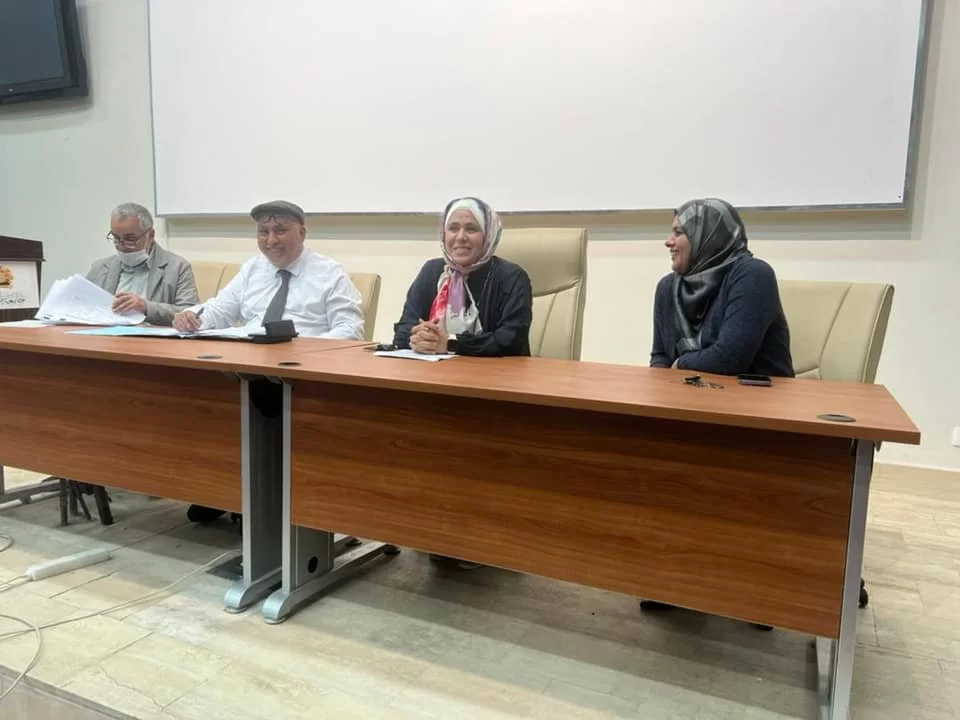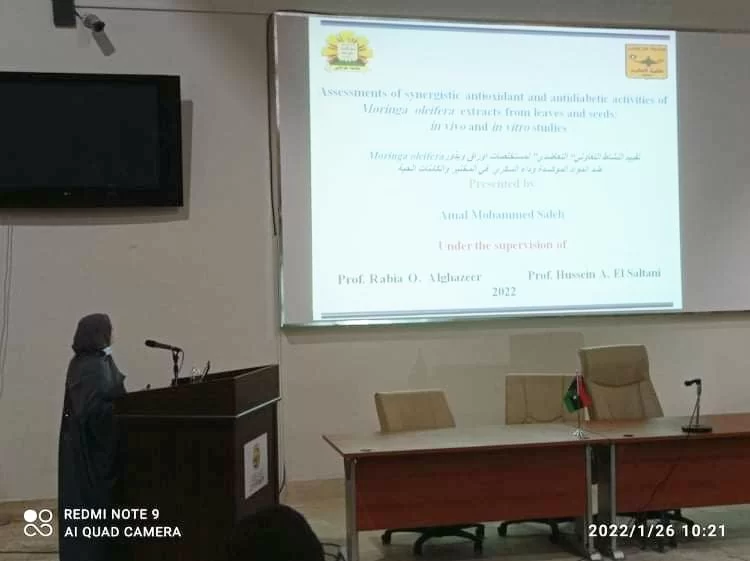قسم الكيمياء
المزيد ...حول قسم الكيمياء
نشأ قسم الكيمياء مع نشوء كلية العلوم عام 1957م، وتطور تطوراً واسعاً بحيث أصبح من أكبر أقسام الكلية فانتقل إلى مبنى الكيمياء الجديد عام 1987م. ولقد جهز هذا المبنى الجديد بمختبرات عصرية حديثة متنوعة ومدرجات كبيرة وقاعات للدراسة والمحاضرات تغطي حاجات الدارسين للكيمياء. بالإضافة إلى ذلك توجد في المبنى مختبرات متميزة متخصصة مثل الكيمياء الحيوية والتحليل الطيفي وغيرها.
ويقوم قسم الكيمياء بتدريس العلوم الكيميائية لطلبة السنوات المختلفة في كليات العلوم والتربية والزراعة والإعداديات الطبية والهندسة وبذلك يخدم القسم عدداً كبيراً من طلاب الجامعة.
ولكي يشعر الطالب بأهمية مادة الكيمياء في الحياة إلىومية فقد أدرجت مقررات جديدة ذات أوجه تطبيقية وهي مادة الكيمياء الصناعية والكيمياء الحيوية وكيمياء البيئة بالإضافة إلى إدراج مقررات اختيارية عديدة في مجالات الكيمياء المختلفة (التحليلية – الطبيعية – غير العضوية – العضوية) لتمكن الطالب، في الفصول الدراسية الأخيرة، من التخصص في إحدى المجالات الكيميائية التي يميل إلىها وتعميق الناحية التطبيقية لديه.
ويهدف القسم إلى تخريج دفعات مؤهلة ومتخصصة في مادة الكيمياء حيث تقوم هذه الدفعات بدورها بتقديم خبرتها لخدمة المجتمع في المجالات المختلفة مثل مراكز البحوث الصناعية والزراعية والطاقات الجديدة والمتجددة والتقنيات الحيوية وعلوم اللدائن والأحياء البحرية وبعض الهيئات مثل (الهيئة العامة للمياه، والهيئة العامة للبيئة) ومعامل التحليل في المراكز الصحية والصناعية وغير ذلك. أما المجالات التي يمكن أن يعمل فيها الخريج فهي كثيرة. فالخريج يمكن أن يعمل في المصانع والمختبرات والمؤسسات الكيميائية المختلفة أو أن يقوم بتدريس الكيمياء أو أن يتابع الدراسة والبحث إلى مستويات أعلى. ونظراً للحاجة الملحة إلى الدراسات العليا فلقد افتتح القسم الدراسات العليا عام 1973 م. وكان القسم يمنح درجة الدبلوم في الكيمياء على أن يقوم طالب الدبلوم باجتياز امتحانات مجموعة من المقررات المتقدمة في فروع الكيمياء المختلفة ضمن فترة زمنية قدرها سنتين.
وفي عام 1983م بدأ القسم في منح الإجازة العالية في الكيمياء على أن يقوم طالب الإجازة العالية باجتياز امتحانات مجموعة من المقررات الأساسية وامتحانات مجموعة أخرى من المقررات التخصصية الموافقة للفرع الذي يختار. ويقوم طالب الإجازة العالية باجتياز الامتحانات وإجراء بحث تخصصي موافق لفرعه وفق لوائح تنظيمية لبرنامج الدراسات العليا، وتهدف الدراسات العليا إلى تنمية روح البحث والدراسة لدى الطالب وتدريبه على أسلوب البحث العلمي ومنهجيته وإعداد متخصصين يتمتعون بمستويات علمية عالية وقادرين على تلبية متطلبات المجتمع ورفده بالإطارات الفنية المتخصصة.
ويدرس طالب الدراسات العليا 32-36 وحدة منها 24-28 وحدة دراسية و8 وحدات بحثية، ويسعى أعضاء هيئة التدريس بالقسم إلى تطويره دائماً حيث أنه يعد لفتح عدة شعب مثل شعبة الكيمياء الحيوية وشعبة الكيمياء الجنائية بحيث يتحصل الطالب في هذه الشعب على بكالوريوس في الكيمياء شعبة الحيوية أو الجنائية. ويوجد كذلك العديد من الأبحاث المتخصصة في مجال الكيمياء غير العضوية والعضوية والفيزيائية والحيوية والتحليلية.
حقائق حول قسم الكيمياء
نفتخر بما نقدمه للمجتمع والعالم
المنشورات العلمية
هيئة التدريس
الطلبة
الخريجون
أخبار قسم الكيمياء
من يعمل بـقسم الكيمياء
يوجد بـقسم الكيمياء أكثر من 56 عضو هيئة تدريس

د. لبيب علي محمد عوين
لبيب عوين هو احد اعضاء هيئة التدريس بقسم الكيمياء بكلية العلوم. يعمل السيد لبيب عوين بجامعة طرابلس كـمحاضر منذ 2014-02-12 وله العديد من المنشورات العلمية في مجال تخصصه

_1593594873.png)









